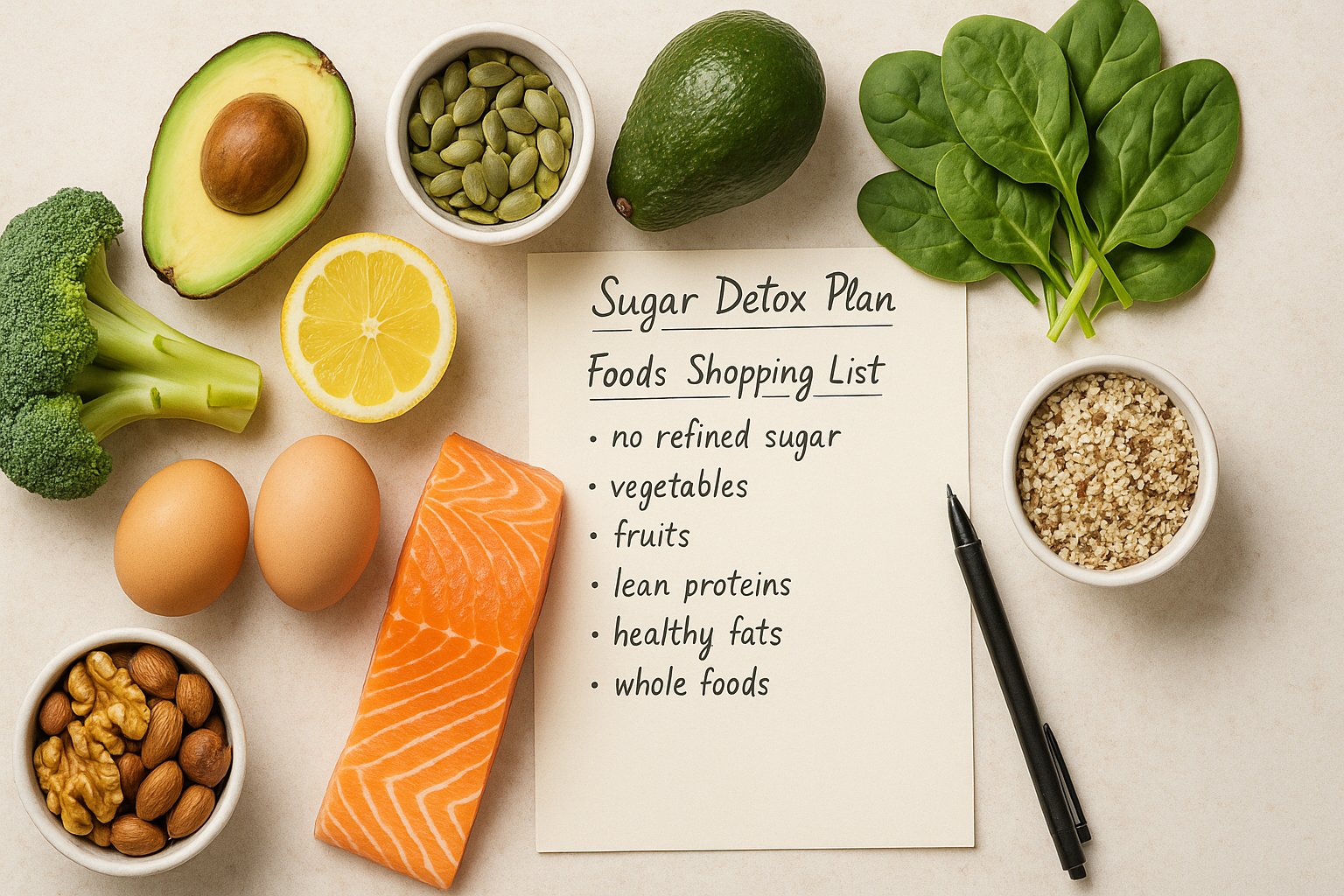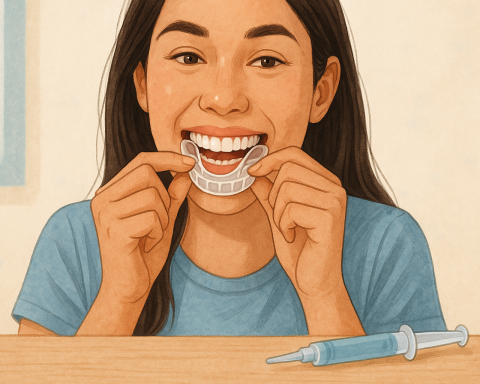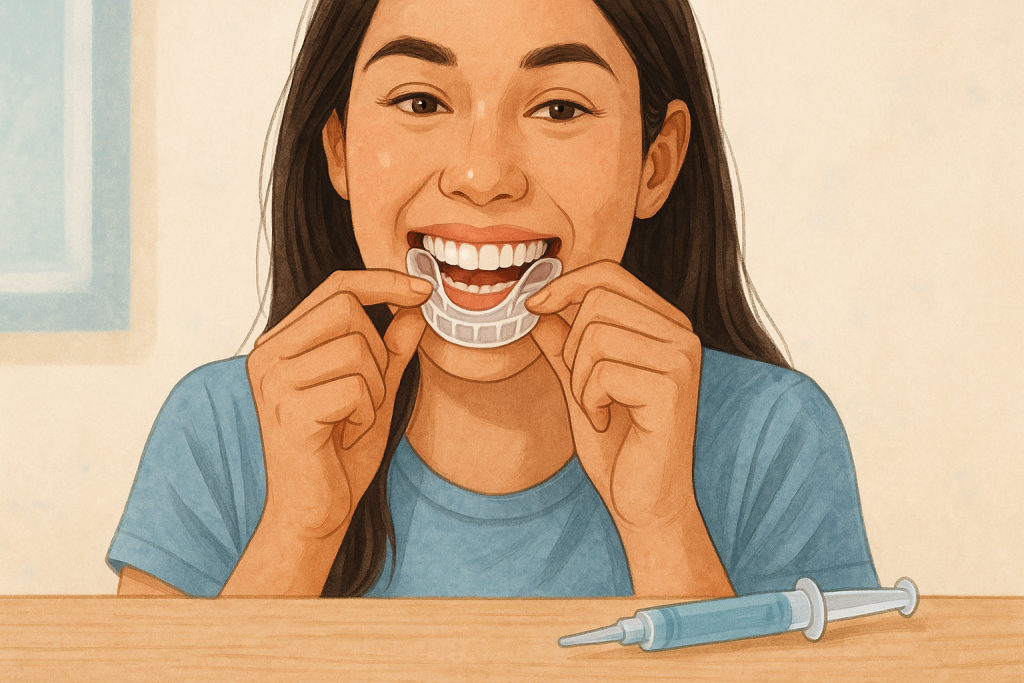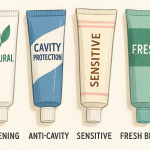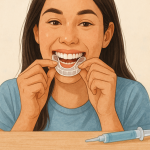“Sugar may taste sweet for a moment, but breaking free from its grip paves the way to lasting energy, clarity, and health.”
Why a Sugar Detox Matters & The Foundations of the Plan
Sugar is everywhere—hidden in sauces, breads, snacks, and beverages—so taking control of your sugar intake is more challenging than it sounds. Most processed foods carry added sugar, which fuels sugar addiction, spikes insulin, and damages metabolic health over time. A sugar detox gives your body a reset, teaching it to crave less and respond better to real food.
A 21‑day sugar detox plan is well-regarded because three weeks is often what it takes to break habitual cravings, reset blood sugar regulation, and restore your taste buds to appreciate subtler, healthier flavors. While it’s not a magic fix, with consistency it can yield a brighter smile in your health, better energy, clearer skin, and weight benefits.
What Happens When You Quit Sugar
In the first week, your body experiences withdrawal. Cravings, mood swings, headaches, even fatigue are normal. That’s because your brain is adjusting from constant sugar stimulation to calmer, more stable fuel sources. By week two, many report fewer cravings and more mental clarity. By week three, your energy can stabilize as insulin sensitivity improves.
During detox, we replace empty sugary foods with nutrient-dense alternatives, leaning on healthy fats, fiber, and natural sugars from fruit in moderation. We also plan a list of yes foods you can enjoy and no foods to strictly avoid.
Core Principles to Live By
- Avoid added sugar entirely (or almost entirely) — no soft drinks, candy, sweetened beverages, desserts, or processed snacks.
- Favor whole foods — vegetables, lean proteins, nuts, seeds, legumes, and modest amounts of whole grains.
- Rely on healthy fats like olive oil, avocado, nuts, seeds, and coconut (oil or flakes) to help feel satisfied, stabilize blood sugar, and reduce cravings.
- Use natural sweeteners sparingly — like coconut sugar or stevia — only when absolutely necessary, and only small amounts.
- Hydration is essential. Use water, herbal teas, or sparkling water with lemon to help cleanse and reduce temptation.
- Structure your meals and snacks so you never get too hungry — always combine protein + fiber + fat to avoid crashing into cravings.
Sample Day (Week 1)
- Breakfast: Scrambled eggs with spinach cooked in olive oil + half a green apple
- Snack: Celery sticks with almond butter (no sugar)
- Lunch: Grilled chicken salad with mixed greens, cucumber, olive oil & lemon dressing
- Snack: A few nuts or half a cup of berries
- Dinner: Baked salmon, roasted vegetables (zucchini, peppers), side salad
- Dessert alternative: Warm berries with a sprinkle of cinnamon (no added sugar)
That day gives you protein, fiber, fat, and a bit of natural sugars from fruit, but excludes anything with added sweeteners.
Week-by-Week Breakdown of the 21-Day Sugar Detox Plan
Understanding how your body and cravings evolve over the course of a 21-day sugar detox helps you stay on track and reduce frustration. Each phase brings challenges, but also powerful wins. Here’s how to move through it week by week with intention and success.
Week 1: The Shock Phase
The first week is often the toughest. Your body is weaning off its regular supply of added sugar, including sneaky sources like ketchup, salad dressings, granola bars, or even “healthy” yogurts. During this time, you may feel irritable, experience headaches, low energy, and intense sugar cravings.
To manage this, rely on yes foods like proteins (chicken, turkey, eggs), healthy fats (like olive oil, coconut oil, and avocado), and high-fiber vegetables. Add in natural sugars only from whole fruits like green apples, berries, or citrus—never juices.
Key Tip: Meal prep in advance. Cook large batches of proteins and roast veggies to avoid temptation when you’re tired or emotional.
Week 2: The Transition Phase
By the second week, your blood sugar levels begin to stabilize. The intensity of cravings usually drops, and your body starts adjusting to using fat as a primary fuel source. This is when you start noticing improved energy levels, better sleep, and fewer mood swings.
This week is a good time to introduce more variety to your meals—incorporate sweet potatoes, almond butter, or herbal teas to keep things interesting and satisfying without spiking your blood sugar.
If you’re a big baker, explore grain-free baking using flours like almond or coconut flour, and sweetener-free recipes like energy balls made from nuts and seeds.
Example snack: Celery sticks with unsweetened almond butter + a dash of cinnamon
Lunch idea: Turkey lettuce wraps with avocado + cucumber sticks
Week 3: The Clarity Phase
Now that you’ve made it to the final stretch, your body is running efficiently, your skin may look clearer, digestion improves, and your taste buds are more sensitive. You’ll likely begin to detect the natural sweetness of fruit and even vegetables like carrots and bell peppers.
This is also when you gain the most insight into your sugar habit. Without daily sugar hits, you start to identify emotional eating triggers, understand real hunger signals, and learn to use food for nourishment—not numbing.
New additions to your plan this week:
- Try plain yogurt (unsweetened) with a few crushed walnuts and cinnamon
- Add more complex carbs like brown rice or quinoa in small portions
Your mental clarity and sense of control are the biggest wins here—not just the physical results. Many people lose weight, yes, but the shift in mood and self-awareness is often more powerful.
Pantry Makeover & Smart Sugar-Free Shopping
A successful sugar detox starts in your kitchen. If your pantry and fridge are filled with temptations or hidden sugars, staying on track becomes almost impossible. This is why a detox pantry makeover and a strategic food shopping list are essential.
Step 1: Clean Out the Sugar Landmines
Start by reading every food label. Sugar comes under dozens of names: cane juice, maltodextrin, corn syrup, fructose, agave nectar, rice syrup—the list goes on. Toss anything that has added sugar, artificial sweeteners, or processed sweeteners, including products marketed as « natural. »
Watch out for:
- Breakfast cereals, granola bars, and flavored yogurts
- Ketchup, BBQ sauces, marinades
- Low-fat or “lite” products (often packed with sugar to compensate for taste)
- “Healthy” snacks like protein bars or dried fruit (check for added sweeteners)
- Diet sodas and sweetened almond milks
This step sets the tone: your home becomes a sugar-free safe zone.
Step 2: Stock Up on “Yes Foods”
Now, refill your pantry with nutrient-dense whole foods that naturally support the detox and keep your body fueled.
✅ Pantry Shopping List:
- Proteins: Eggs, chicken breast, turkey, wild salmon, grass-fed beef
- Healthy fats: Coconut oil, olive oil, ghee, avocados
- Nuts & Seeds: Almonds, chia seeds, pumpkin seeds, sunflower seeds
- Grains: Brown rice, quinoa, oats (plain, unsweetened)
- Flours: Almond flour, coconut flour, flaxseed meal
- Legumes: Lentils, black beans, chickpeas
- Herbs & Spices: Cinnamon, turmeric, cumin, basil, oregano
- Teas: Herbal teas like peppermint, chamomile, rooibos (caffeine-free)
✅ Fridge & Fresh List:
- Vegetables: Spinach, kale, cucumbers, broccoli, cauliflower, zucchini, peppers
- Fruits (in moderation): Green apples, berries, citrus (avoid bananas, grapes)
- Dairy: Plain yogurt, full-fat cheese (no added sugar), unsweetened almond milk
- Fermented foods: Sauerkraut, kimchi (great for gut health)
Step 3: Stay Ahead with Smart Snack Prep
Snacks can be a major downfall if you don’t plan ahead. Instead of reaching for a granola bar, try:
- Hard-boiled eggs
- Veggies + almond butter
- A small green salad with olive oil & lemon
- Homemade protein balls (no sweeteners)
Bonus Tip: Look for Hidden Sugars in “Healthy” Foods
Even foods labeled “organic” or “gluten-free” can be loaded with sugar. Read ingredients carefully. If sugar (or any of its aliases) is one of the first five ingredients, skip it.
Also be cautious with coconut sugar, honey, or maple syrup. While they may be more natural, they still spike your blood sugar and can hinder your detox journey.
Staying Sugar-Free & Mindful Reintroduction of Sweetness
The hardest part of a sugar detox often begins after the detox ends. Whether you’re wrapping up a 21-day sugar detox or simply trying to reduce your sugar intake long-term, maintaining the benefits requires intention, awareness, and consistency.
Don’t Let the Sugar Sneak Back In
Once your taste buds adapt, natural foods start to taste sweeter. Fruit becomes satisfying again. That’s a sign of success! But many people fall back into old habits by allowing just “a little” sugar, which quickly snowballs into daily indulgences.
Here’s how to keep sugar cravings in check and stay in control:
1. Eat Real, Whole Foods
Stick to your “yes foods” list. Keep your meals rich in fiber, protein, and healthy fats like olive oil, avocados, and coconut oil. These help stabilize blood sugar levels and reduce the need for sweet fixes.
2. Be Prepared
Always have healthy snacks on hand: a handful of nuts, a boiled egg, a piece of green apple, or plain yogurt with cinnamon. Being prepared is the best defense against cravings.
3. Reintroduce Natural Sweeteners—Slowly
After your detox period, if you choose to add sweetness back into your diet, opt for low-glycemic, natural sweeteners—and in moderation.
Smart choices include:
- Stevia (pure, not blends with sugar alcohols)
- Monk fruit extract
- Small amounts of raw honey or coconut sugar
- Unsweetened almond milk + cinnamon instead of sugar-filled creamers
Still, try to use these sparingly. The goal is to retrain your body to need less sweetness, not just swap one source for another.
How to Handle Slip-Ups
Life happens—there will be birthdays, weddings, holidays, or moments when that dessert just looks too good. If you indulge, don’t punish yourself. Just recommit at the next meal. Sugar addiction is not just physical—it’s psychological and emotional. Treat it with compassion.
Consider journaling your progress, emotions, and any recurring triggers. That “cookie craving” might actually be stress, boredom, or fatigue. Learn to recognize the root cause.
Celebrate the Positive Effects
Many people report that their first sugar detox results in:
- Better sleep
- Increased energy
- Fewer mood swings
- Clearer skin
- Improved weight loss
These improvements reinforce your healthy lifestyle and motivate continued commitment.
Final Thoughts
The best way to break free from sugar is not just about food—it’s about empowerment. By understanding your patterns, filling your home with nourishing foods, and making mindful choices, you create long-term success.
A sugar-free life doesn’t have to be about restriction. Instead, it’s about freedom—freedom from cravings, crashes, and chronic fatigue.
📊 What About You?
Take the poll and see how others are doing on their sugar detox journey:
Let us know in the comments or tag us on social media with your results!
✨ Ready to take your sugar-free journey to the next level? Bookmark this guide and keep your pantry stocked with success!
